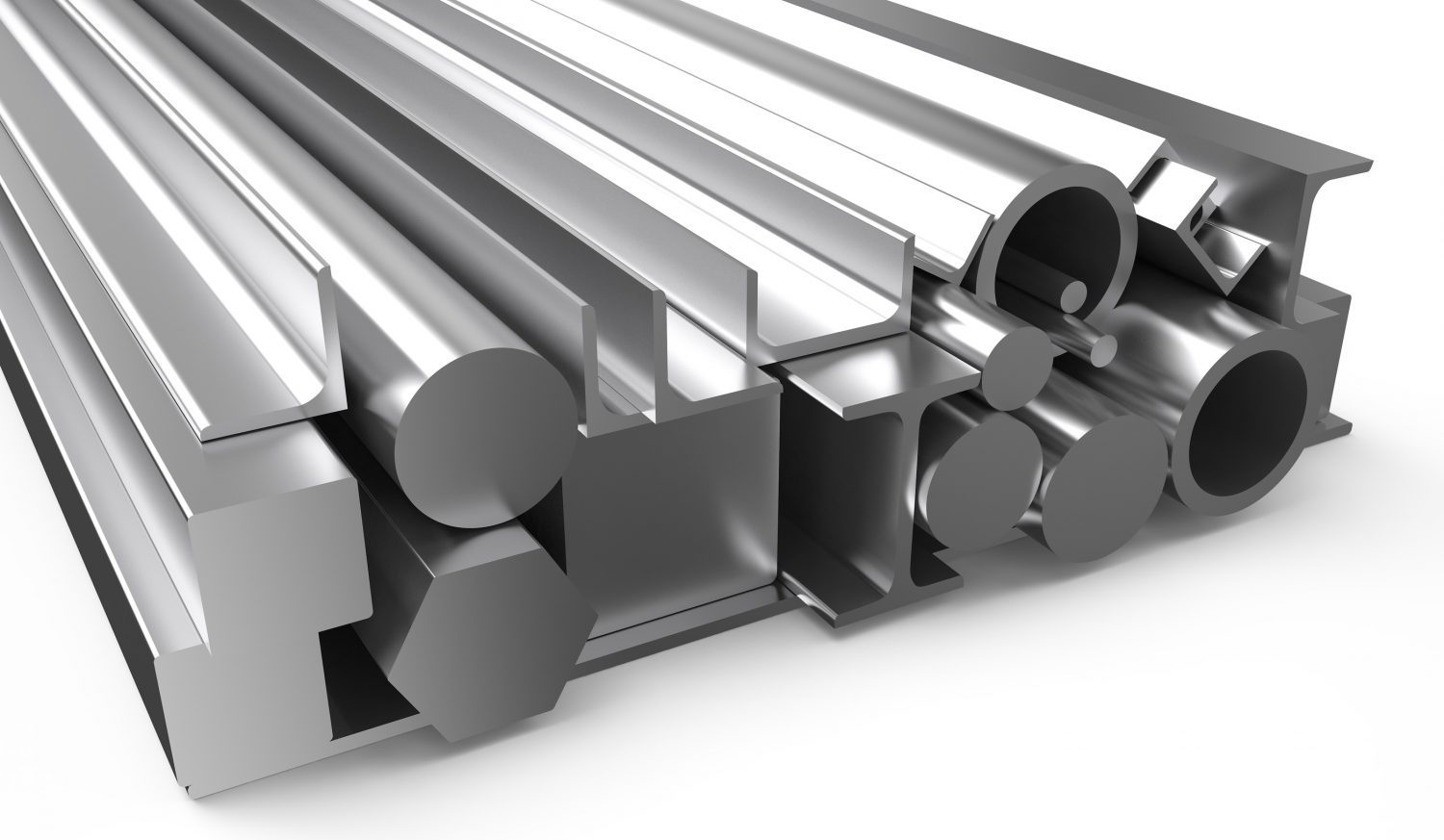Plastic has revolutionized just about every industry. Even though it’s been widely manufactured for about a century, it’s still changing the way parts are made and appearing in new applications. One of the most revolutionary developments in plastic was the creation of polymer that exhibited properties on par or exceeding those shown in metal alloys. To this day, many metal components are now being replaced with various types of plastic. At times, and depending on certain variables, plastic substitutions have proven to be major improvements over metal options, but also poor imitators and serious downgrades. That’s why the decision to replace a metal part with a plastic version should only be made after careful research. The following information may help as a starting point.
Strength, Durability, And Resistance
Metal alloys, like heavy-duty industrial grades of steel, titanium, and iron, cannot be rivaled in terms of raw strength. Even the most rigid plastics are not comparable to metal in such settings. This does not exclude plastics from use in structural and mechanical applications, however. Tough plastics like polycarbonate and other specially developed polymers can offer many advantages and even outperform steel when strength-to-weight ratios, impact resistance, and tensile strength are priorities. Metal and plastics will offer varying degrees of resistance to factors like corrosion and oxidation, exposure to specific chemicals and acids, extreme temperatures, friction, abrasion, etc., depending on their grade or type and additional treatments. For example, plastic nuts are an excellent option for resisting rust in light-duty applications, while metal nuts will always outperform plastic in heavy-duty, high heat applications.
Weight
In general, plastics will be lighter in weight than most metal alloys. Weight reduction is a common motivation for incorporating plastic parts into an application that previously utilized metal components. This change has been increasingly prominent in the automobile industry to improve fuel efficiency. However, plastic is not always a suitable option when weight must be reduced. In that situation, a material like aluminum will offer reliable strength for less weight when compared to metals like steel.
Insulation
When thermal or electrical conductivity is not favored and instead needs to be insulated from parts, then plastic can be more favorable. It is important to note, however, that many plastics are not suitable for electrical applications that are subject to high heat. Synthetic rubber, like neoprene and silicone, can be far better insulators of thermal and electrical energy. Metal, in general, is very conductive of electricity and most alloys will conduct thermal energy with varying degrees of efficiency.
Food Safety
If parts need to be used in settings that will come in contact with food, then both metal and plastic can perform reliably, but it does depend on the specific type of plastic or metal. Metals like copper, aluminum, and certain grades of stainless steel can be food contact safe. Various types of polyethylene, polycarbonate, and polypropylene are considered food-grade plastic. The specifics of the application determine whether plastics or metal are a better fit. For example, fasteners used to assemble food storage and processing equipment will use plastic flat washers that resist corrosion and chemicals and work as sealing washers. Conversely, fasteners used to assemble cookware will likely use stainless steel washers, which are resistant to heat and work well as supportive spacing elements.
Cosmetic Appearance
If the metal or plastic part will be on a visible part of the application, there will likely be some concern for cosmetic appeal. Metal alloys are available in warm and cool tones. Special coatings and treatments can also be used to alter or enhance these natural appearances, as in the case of high polish stainless steel and oxidized bronze. Plastic parts can be made in virtually any color. This can amount to a vibrant or subdued appearance. For example, black plastic washers can be used to blend in with dark metal bolts that are visible on furniture or appliances, but plastic washers can also be stamped from brighter color polymers for use on vibrant products, like children’s toys or sporting equipment. Many of these custom and standard plastic washers in specialty colors can be purchased directly from stamping manufacturers along with parts made from high-shine metal alloys.
Recyclability
Both metal and plastic parts are recyclable, but it is easier to recycle metal parts compared to plastic. Even when rusted or damaged, most metal can be salvaged for reuse. The process of recycling plastic is far more complicated and the potential uses of recycled polymers are more limited. There are still sustainability issues that come with parts manufactured from metal, but overall, they are seen as more favorable for environmentally friendly products.
